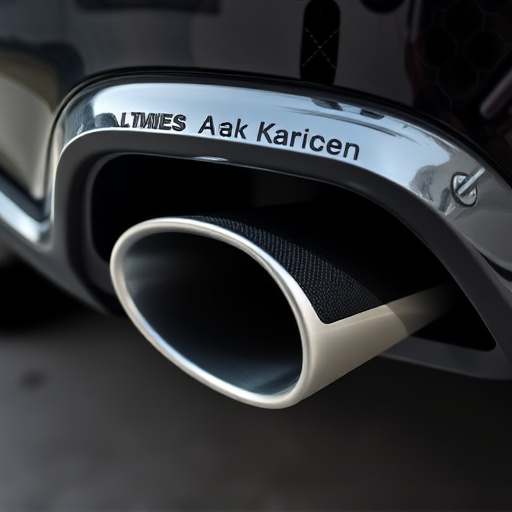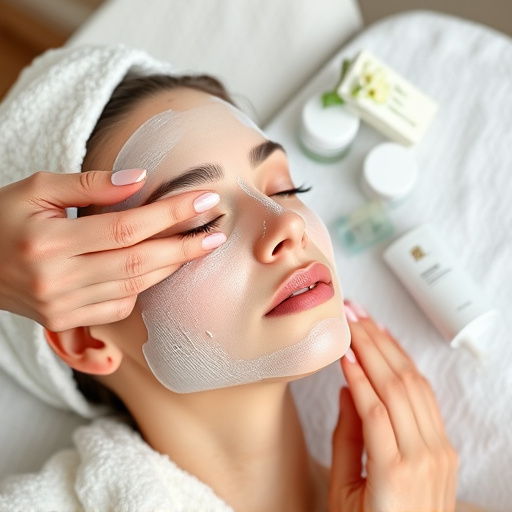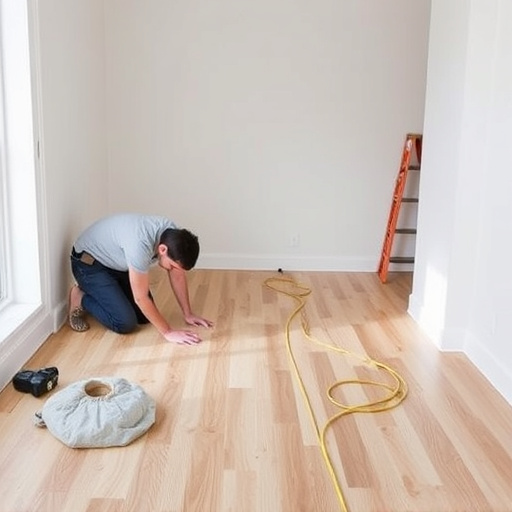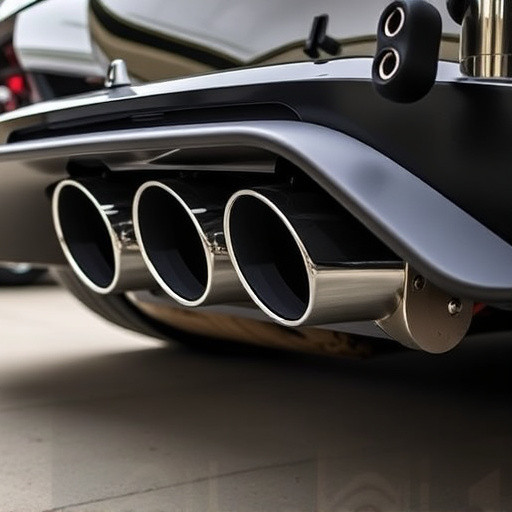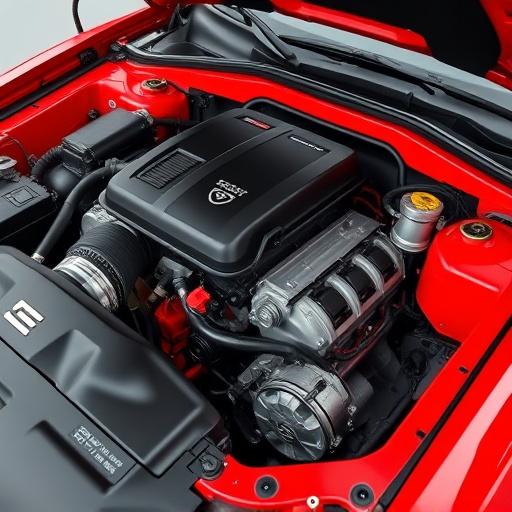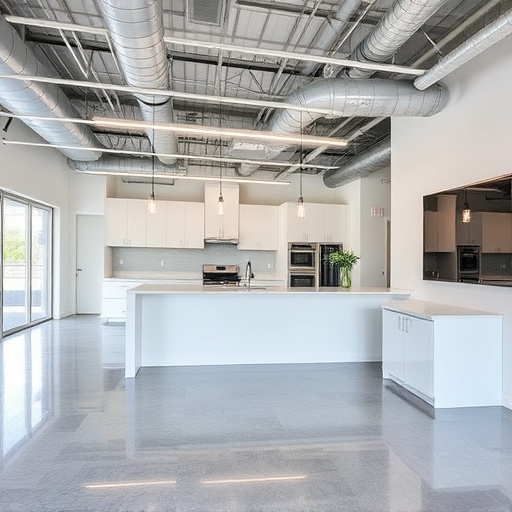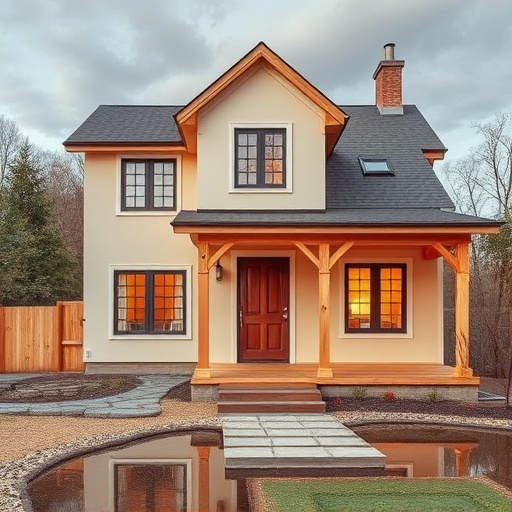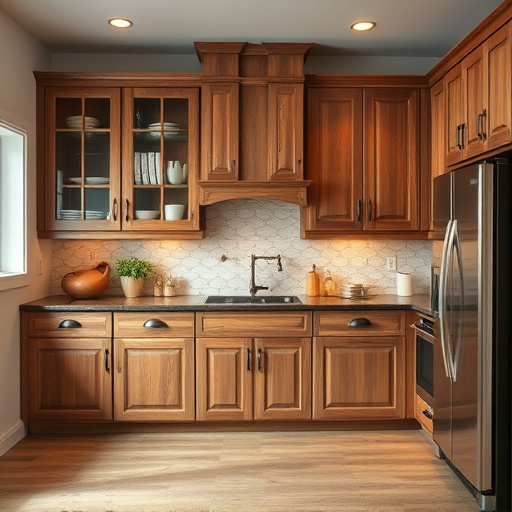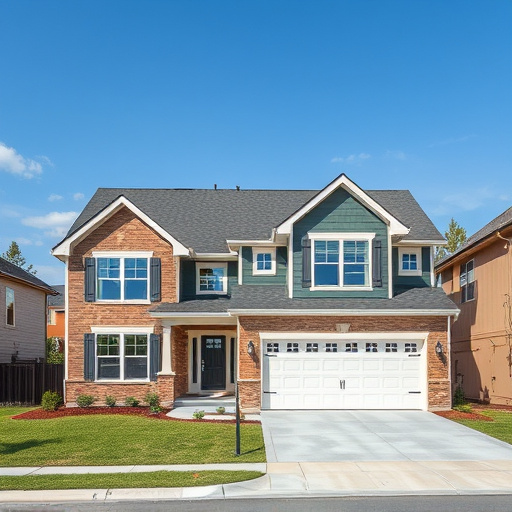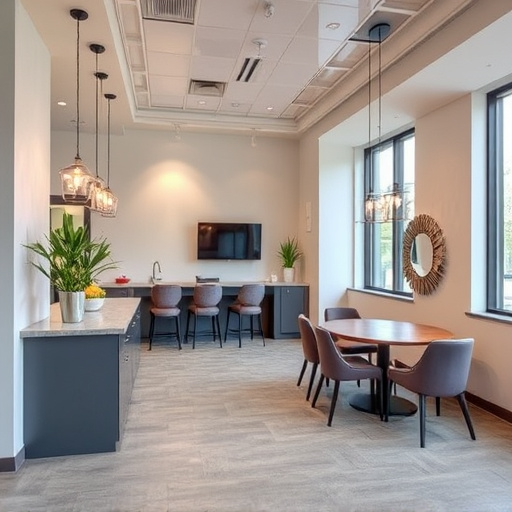Renovating wet areas? Choose waterproof tile flooring for durability, easy maintenance, and aesthetic flexibility. Porcelain and ceramic tiles top the list due to their water resistance and versatility. Proper installation techniques, including a level subfloor, suitable adhesive, drainage, and water-resistant grout, ensure longevity and protection against moisture. Tile flooring adds value and protection for home transformations.
Waterproof tile flooring is a smart choice for wet areas, offering style and durability. This guide explores your options for creating water-resistant spaces. We’ll delve into understanding the specific requirements for waterproof tiles, uncovering popular materials like porcelain and ceramic, and providing expert tips for installation to ensure long-lasting protection against moisture. Discover how to transform high-moisture regions into elegant, low-maintenance oases with the right tile flooring choice.
- Understanding Waterproof Tile Flooring Requirements
- Popular Waterproof Tile Materials and Options
- Installation Tips for Long-Lasting Wet Area Protection
Understanding Waterproof Tile Flooring Requirements
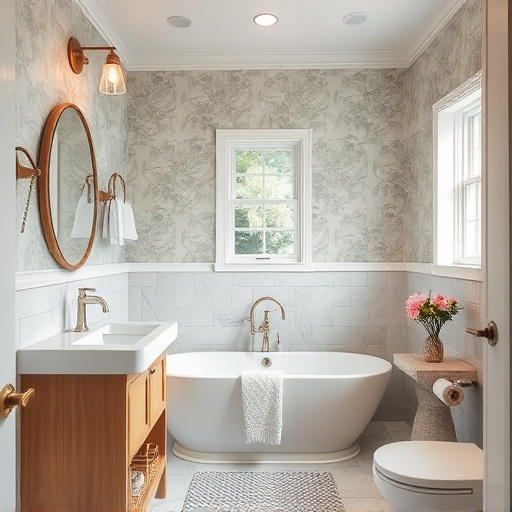
When considering waterproof tile flooring for wet areas within your home, understanding the specific requirements is key to a successful installation. This is particularly important in spaces like bathrooms, kitchens, and basements, where moisture levels can be high. Waterproof tiles are designed to prevent water penetration and minimize the risk of damage or mold growth.
The ideal waterproof tile flooring solution should offer durability, ease of maintenance, and aesthetic appeal. Customized home renovations, including kitchen renovations and home additions, often require versatile flooring options that can withstand varying levels of moisture exposure. Choosing the right tiles ensures not only the longevity of your floor but also contributes to a comfortable and functional living space.
Popular Waterproof Tile Materials and Options
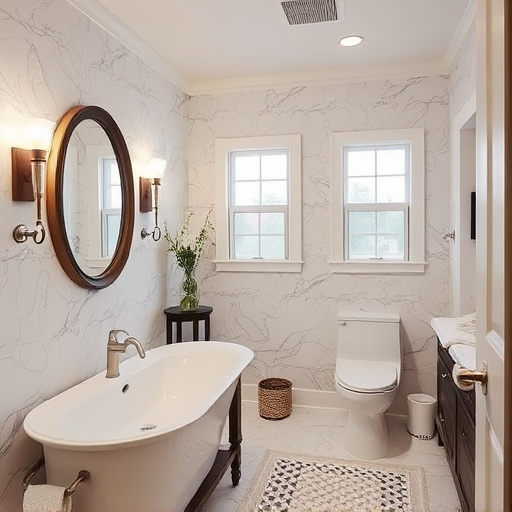
When it comes to waterproof tile flooring for wet areas, several materials stand out as popular choices due to their durability and aesthetic appeal. Porcelain tiles are a top favorite among homeowners and contractors alike. Their dense composition makes them highly water-resistant, making them ideal for kitchens and baths where moisture is abundant. Moreover, porcelain tiles offer a wide array of designs and colors, allowing for both practical and stylish options that complement various interior painting themes.
Another excellent option is ceramic tile, known for its affordability and versatility. While slightly less durable than porcelain, high-quality ceramic tiles can still withstand moisture and are suitable for customized work, enabling homeowners to create unique patterns and designs. Both porcelain and ceramic tiles are easily maintained, making them a low-maintenance choice for wet areas, ensuring your space remains inviting and functional without compromising on style or comfort.
Installation Tips for Long-Lasting Wet Area Protection
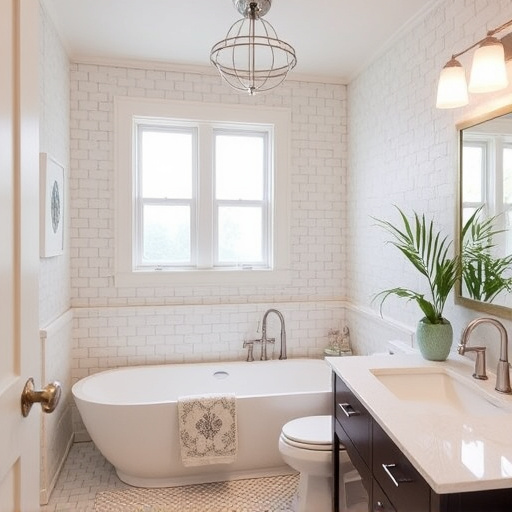
When installing tile flooring in wet areas, such as bathrooms, kitchens, or entryways, proper techniques are essential for long-lasting protection. Begin by preparing the subfloor, ensuring it’s clean, dry, and level. Use a suitable adhesive designed for high-moisture environments and follow the manufacturer’s instructions for application. For optimal drainage, consider installing tiles with a slightly elevated edge to prevent water from pooling. Grout lines should be filled with a water-resistant grout compound.
Regular maintenance, including cleaning and sealing, is crucial. Waterproof seals should be reapplied every few years or as recommended by the product manufacturer. By following these installation tips, you can ensure that your tile flooring not only enhances the aesthetic appeal of your space but also provides durable protection against moisture, making it an ideal choice for home transformations, floor replacements, or home additions.
When it comes to wet areas, investing in waterproof tile flooring is a smart choice. By understanding your specific needs, exploring popular materials like porcelain and ceramic tiles with advanced water-repellent treatments, and following proper installation practices, you can ensure long-lasting protection for your spaces. Waterproof tile flooring offers both style and durability, making it an ideal solution for kitchens, bathrooms, and other high-moisture environments.

